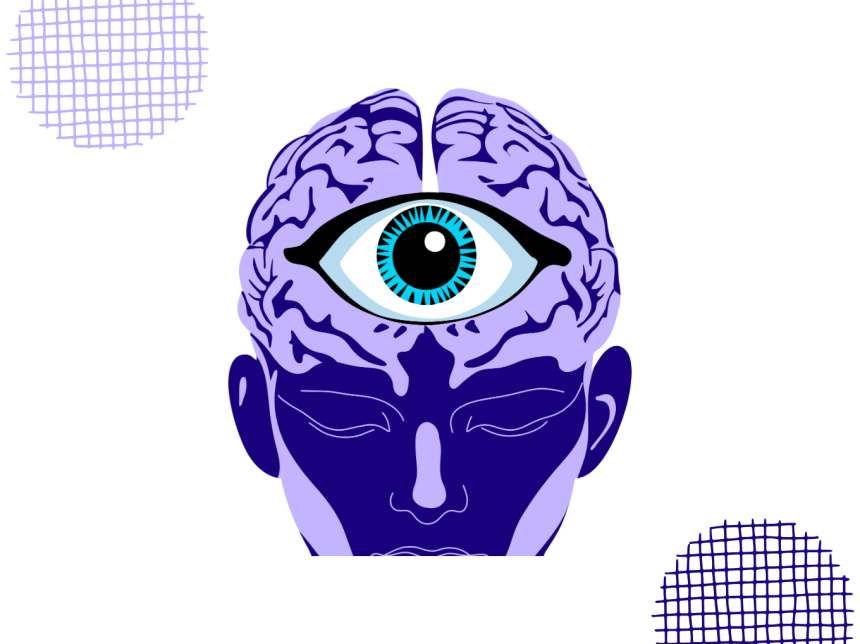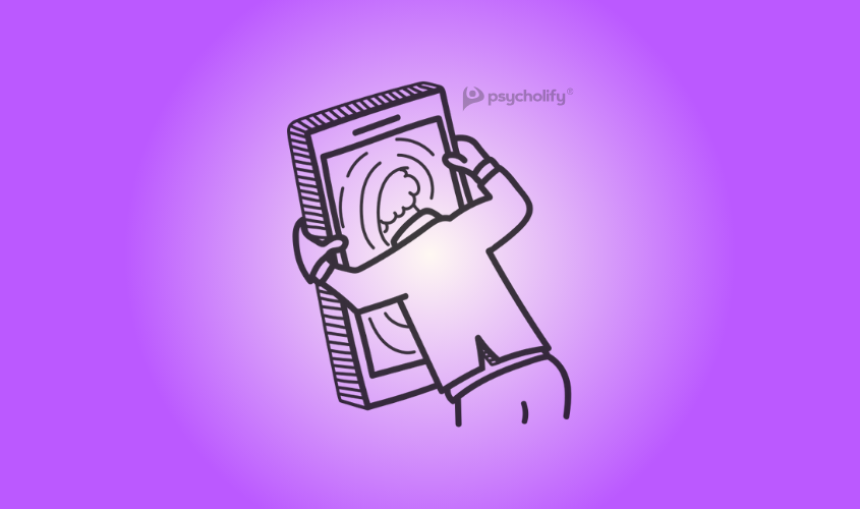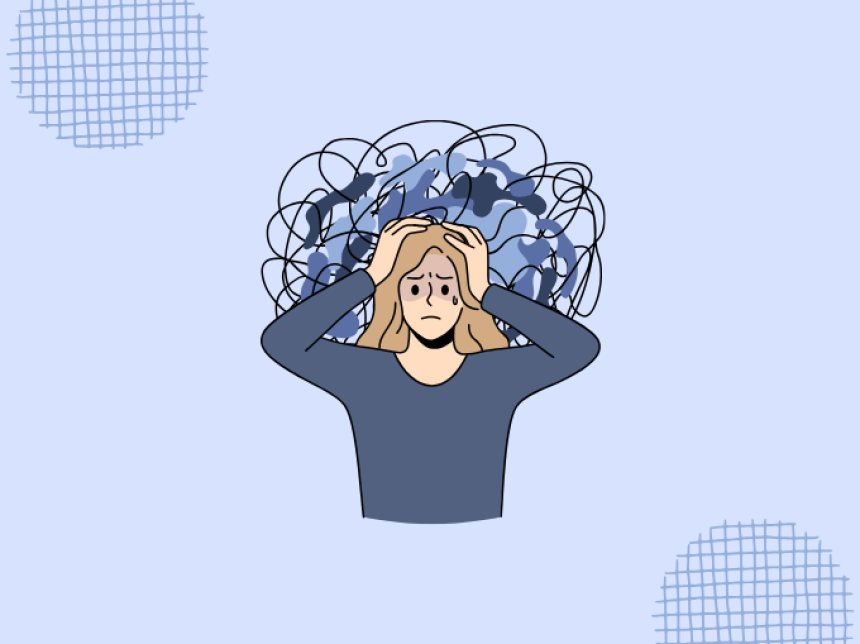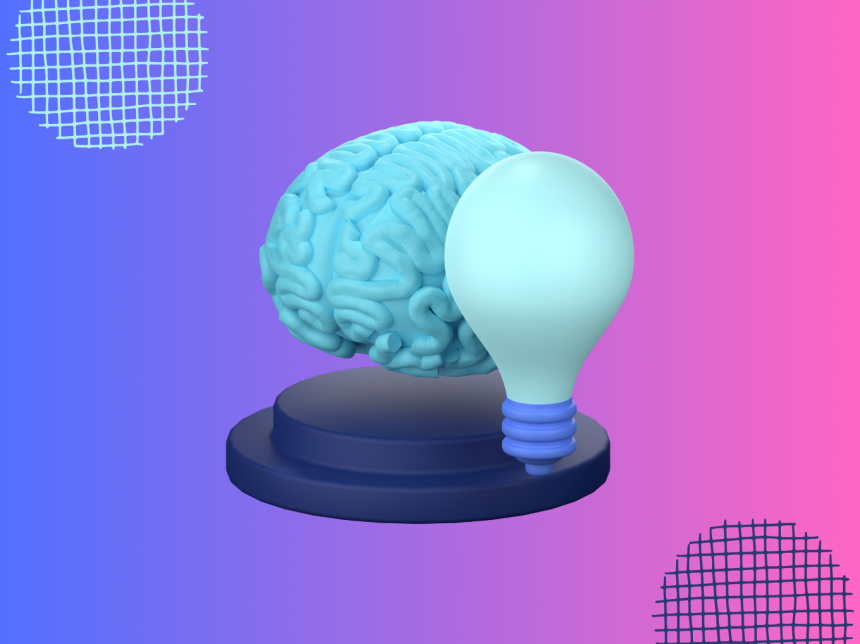
Mental Imagery and Creativity: Unlocking the Power of the Mind’s Eye
Explore the psychology of mental imagery and creativity. Learn how visualization shapes innovation, problem-solving, and emotional well-being.
Seeing with the Mind’s Eye
When you close your eyes and imagine a sunset, a childhood memory, or the design of a new invention, you are using mental imagery. Often described as “seeing with the mind’s eye,” mental imagery is a cognitive process that allows us to create internal representations of objects, scenes, or concepts without direct sensory input.
Paired with creativity, mental imagery fuels art, science, problem-solving, and innovation. From an athlete visualizing a perfect performance to an inventor sketching ideas in their mind, mental imagery plays a central role in shaping human progress.
Historical Roots of Mental Imagery Ancient Philosophy
- Plato and Aristotle debated whether imagination reflected reality or created new possibilities.
- Aristotle described mental imagery as the bridge between sensation and thought.
Early Psychology
- Wilhelm Wundt studied imagery as part of introspection.
- William James referred to imagination as a vital mental faculty for memory, reasoning, and invention.
Modern Cognitive Science
Advances in neuroscience now allow researchers to study the brain regions activated during imagery, showing strong overlap with perception and memory systems.
The Cognitive Science of Mental Imagery Brain Regions Involved
- Visual Cortex: Creates visual representations even without external input.
- Prefrontal Cortex: Guides imagination and planning.
- Hippocampus: Links imagery with memory and spatial navigation.
Mental Imagery and Perception
Neuroimaging reveals that imagining a face or a landscape activates many of the same regions used when actually seeing them. This suggests that imagery is a simulation of perception.
Types of Mental Imagery
- Visual Imagery: Seeing objects, colors, and scenes in the mind.
- Auditory Imagery: Hearing music, voices, or sounds internally.
- Kinesthetic Imagery: Imagining movement or body sensations.
- Conceptual Imagery: Abstract ideas represented in mental pictures.
The Role of Mental Imagery in Creativity Divergent Thinking
Creativity often involves generating multiple solutions. Mental imagery expands possibilities by allowing individuals to visualize outcomes before acting.
Artistic Creativity
- Painters, musicians, and writers rely on mental imagery to design, rehearse, and refine their work.
- Salvador Dalí used dream imagery as inspiration for surrealist art.
Scientific and Technical Innovation
Einstein famously visualized riding on a beam of light, a mental image that contributed to his theory of relativity.
Everyday Creativity
From planning a room redesign to imagining a new recipe, mental imagery supports daily problem-solving and innovation.
Mental Imagery in Performance and Learning Sports Psychology
Athletes use visualization techniques to mentally rehearse movements, improving performance and confidence.
Education
- Students who create mental images of concepts improve comprehension and recall.
- Imagery helps in mathematics, language learning, and science problem-solving.
Professional Fields
Surgeons, pilots, and musicians all use imagery training to prepare for complex tasks.
Emotional and Therapeutic Dimensions Mental Health Benefits
- Guided imagery reduces stress and anxiety.
- Visualization techniques promote relaxation and emotional regulation.
Trauma Therapy
Imagery rescripting allows individuals to reimagine traumatic memories in safer, less distressing ways.
Self-Improvement
Positive visualization builds motivation, confidence, and resilience by focusing on desired outcomes.
Limitations and Challenges
- Individual Differences: Not everyone experiences vivid imagery; some individuals (aphantasia) cannot form mental pictures at all.
- Overreliance on Visualization: Excessive daydreaming may hinder focus and productivity.
- Accuracy Issues: Mental imagery may distort memory, leading to false recollections.
The Link Between Imagination and Innovation
The connection between imagery and creativity explains why visualization is central in both artistic expression and scientific breakthroughs. Imagination allows people to mentally test scenarios, innovate solutions, and construct new realities before acting in the physical world.
In essence, creativity is the practical application of imagination, and mental imagery provides the raw material.
Applications in the Digital and Future Context Virtual Reality and Visualization
VR technology enhances mental imagery by simulating immersive environments for training, therapy, and education.
Artificial Intelligence and Creativity
AI-generated imagery raises new questions about how machines can simulate or augment human imagination.
The Future of Cognitive Training
Imagery-based techniques may be used more widely in education, therapy, and professional training, blending psychology with technology.
Conclusion: Harnessing the Mind’s Creative Power
Mental imagery is not merely daydreaming—it is the engine of creativity, innovation, and emotional well-being. By visualizing possibilities, humans expand the boundaries of knowledge, art, and daily life.
From the athlete preparing for a game to the artist sketching a masterpiece in their mind, the psychology of imagery reveals how inner visions guide outer achievements.
Understanding and cultivating mental imagery offers tools for learning, healing, and innovation, reminding us that the imagination is one of humanity’s greatest strengths.




